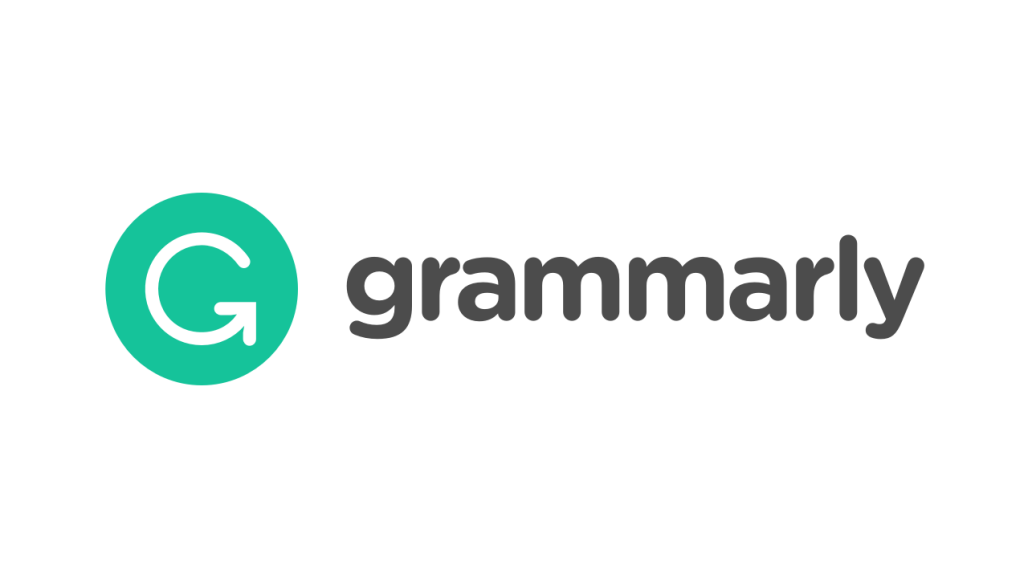Mekanisme Escape dan Respon Imun innate terhadap Candida albicans
Abstract
Candidiasis is an infection caused by fungal Candida albicans. The incidence of candidiasis is pretty high in Indonesia. Candida albicans develop their pathogenicity by several ways so that it can invade and escape from the immune system. The host’s immune system must always be vigilant to recognized antigen through various receptors, activation of the transduction pathway and activation of various immune cells. But as organisms that struggle to survive, Candida also develops mechanisms to escape the immune response. There are so many articles have written the immune response against candidiasis, this review aims to understand more and updating information about the biological processes of pathogenicity of fungi and the mechanism of Candida albicans in escaping immune responses, the role of each innate molecule and immune cell, and clinical aspect to Candida albicans infections. We already facing the big challenges against therapy of fungal infection, so by understanding the escape mechanism of Candida albicans, it is possible to developed antifungal or Candida vaccine in the future, therefore the incidence of candidiasis can be suppressed.
Keywords
Full Text:
PDFReferences
Arita GS, Meneguello JE, Sakita KM, Faria DR, Pilau EJ et al, 2019. Serial systemic Candida albicans infections highlighted by proteomics. Frontiers in Cellular and Infection Microbiology. 9:1-8
Anshour SM, Kheiralla ZM, Maklad SS, Ameen MR and Zaki SS, 2015. Relationship between virulence factors of Candida species with candiduria and myeloperoxidase concentrations. International Journal of Current Microbiology and Applied Sciences, 4(1): 108-123
Brand A, 2012. Hyphal growth in human fungal pathogens and its role in virulence. International Journal of Microbiology, 2012:1-9
da Silva-Rocha WP, de Brito Lemos VL, Svidizisnki E, Milan EP, and Chaves GM, 2014. Candida species distribution, genotyping and virulence factors of Candida albicans isolated from the oral cavity of kidney transplant recipients of two geographic regions of Brazil. BMC Oral Health, 14(20): 1-9
Deepa K, Jeevitha T, and Michael A, 2015. In vitro evaluation of virulence factors of Candida species isolated from oral cavity. Journal of Microbiology and Anthimicrobials, 7(3): 28-32
Deorukhkar SC, 2017. Immunity to Candida infection: An overview. MOJ Immunology, 5(1): 1-4
Forstythe P and Bienenstock J, 2010. Immunomodulation by commensal and probiotic bacteria. Immunological Investigations, 39: 429-228
Gazendam RP, van de Geer A, van Hamme JL, Tool ATJ, van Rees DJ, Aasrts CEM, et al, 2016. Impaired killing of Candida albicans by granulocytes mobilized for transfusion purposes: a role for granule components. Haemotologica, 101(5): 587-596
Kiyoura Y and Tamai R, 2015. Innate immunity to Candida albicans. Japanese Dental Science Review, 51: 59-64
Li Y, Shan M, Yan M, Yao H, Wang Y, et al, 2019. Anticandidal Activity of Kalopanaxsaponin A: Effect on Proliferation, Cell Morphology, and Key Virulence Attributes of Candida albicans. Front. Microbiol, 10: 1-9
Mayer FL, Wilson D, and Hube B, 2013. Candida albicans pathogenicity mechanism. Virulence, 4(2): 119-128
Masfufatun, AT Putu Oky, R Loo Hariyanto, Baktir A, 2018. Kadar IL-6 dan IL-10 serum pada tahapan inflamasi di Rattus norvegicus yang terinfeksi Candida albicans. Jurnal Kedokteran Brawijaya, 30(1): 19-23
Moyes DL and Naglik JR, 2011. Mucosal immunity and Candida albicansinfection. Clinical and Developmental Immunology, 2011; 1-9
Naglik JR, Richardson JP, Moyes DL, 2014. Candida albicans pathogeneicity and epithelial immunity. PLOS Pathogens, 10(8): 1-4.
Nasution AI, 2013. Virulence factor and pathogenicity of Candida albicans in oral candidiasis. World Journal of Dentistry, 4(4): 267-271
Qin y, Zhang L, Xu Z, Zhang J, Jiang Yuan-ying, Cao Y, Yan T, 2016. Innate immune cell response upon Candida albicans infection. Virulence, 7(5): 512-526
Pal M, 2017. Morbidity and Mortality Due to Fungal Infections. Journal of Applied Microbiology and Biochemistry., 1(12):1-3
Raz-Pasteur A, Ullmann Y, and Berdicevsky I, 2011. The pathogenesis of Candida infections in a human skin model: scanning electron microscope observations. ISRN Dermatology, 11;1-6
Romani L, 2000. Innate and adaptive immunity in Candida albicans infections and saprophytism. Journal of Leukocyte Biology, 68: 175-179
Rudkin FM, Bain JM, Walls C, Lewis LE, Gow NAR, and Erwig LP, 2013. Altered dynamics od Candida albicans phagocytosis by macrophages and PMNs when both phagocytes subsets are present. mbio, 4(6): 1-10
Sardi JCO, Scorzoni L, Bernadi T, Fusco-Almeida AM and Mendes Giannini MJS. Candida Species: Current Epidemiology, Pathogenicity, Biofilm Formation, Natural Antifungal, Products and New Therapeutic Options. Journal of Medica Microbiology. 2013; 62: 10-24
Schmidt S, Tramsen L, and Lehrnbecher T, 2017. Natural killer celss in antifungal immunity. Frontiers in Immunology, 8, 1623: 1-10
Seleem D, Chen E, Benso B, Pardi V, and Murata RM, 2016. In Vitro Evaluation of Antifungal Activity of Monolaurin against Candida albicans Biofilms. PeerJ. 4: e2148
Small AG, King JR, Rathjen DA, and Ferrante A, 2018. The role of phagocytes in immunity to Candida albicans. Chapter 5. intechOpen.
Soloviev DA, Jawhara S, and Fonzi WA, 2011. Regulation of innate immune response to Icandida albicans infections by αϻβ2-Pra1p interaction. Infection and Immunity, 79(4): 1546-1558
Spampinato C and Leonardi D, 2013. Candida infections, causes, targets, and resistance mechanisms: traditional and alternative antifungal agents. 2013:1-13
Tsui C, Kong EF, and Jabra-Rizl MA, 2016. Pathogenesis of Candida albicans biofilm. Pathigens and Disease, 74(4):1-13
Verma A, Gaffen SL, Swidergall M, 2016. Innate immunity to mucosal Candida infections. J. Fungi, 3(60): 1-15
Zipfel PF and Skerka C, 2012. Complement, Candida and Cytokines: The role of C5a in host response to fungi. Eur. J. Immunol, 42: 822-825
DOI: http://dx.doi.org/10.30742/jikw.v9i1.747
Refbacks
- There are currently no refbacks.
Copyright (c) 2020 Putu Oky ari Tania

This work is licensed under a Creative Commons Attribution-NonCommercial 4.0 International License.
Jurnal Ilmiah Kedokteran Wijaya Kusuma is licensed under a Creative Commons Attribution-NonCommercial 4.0 International License

Â









